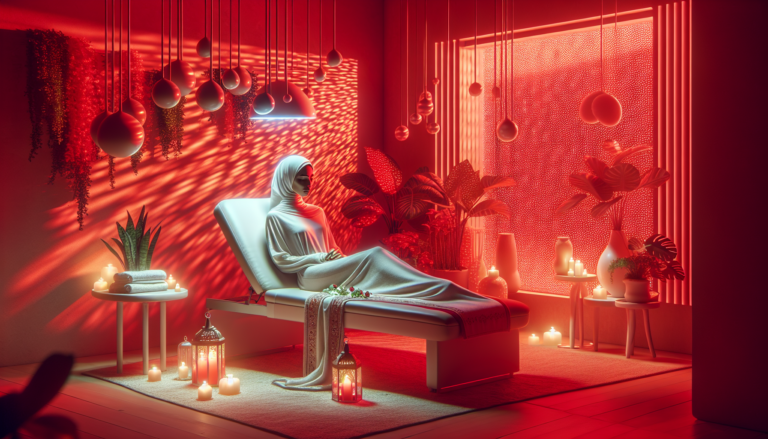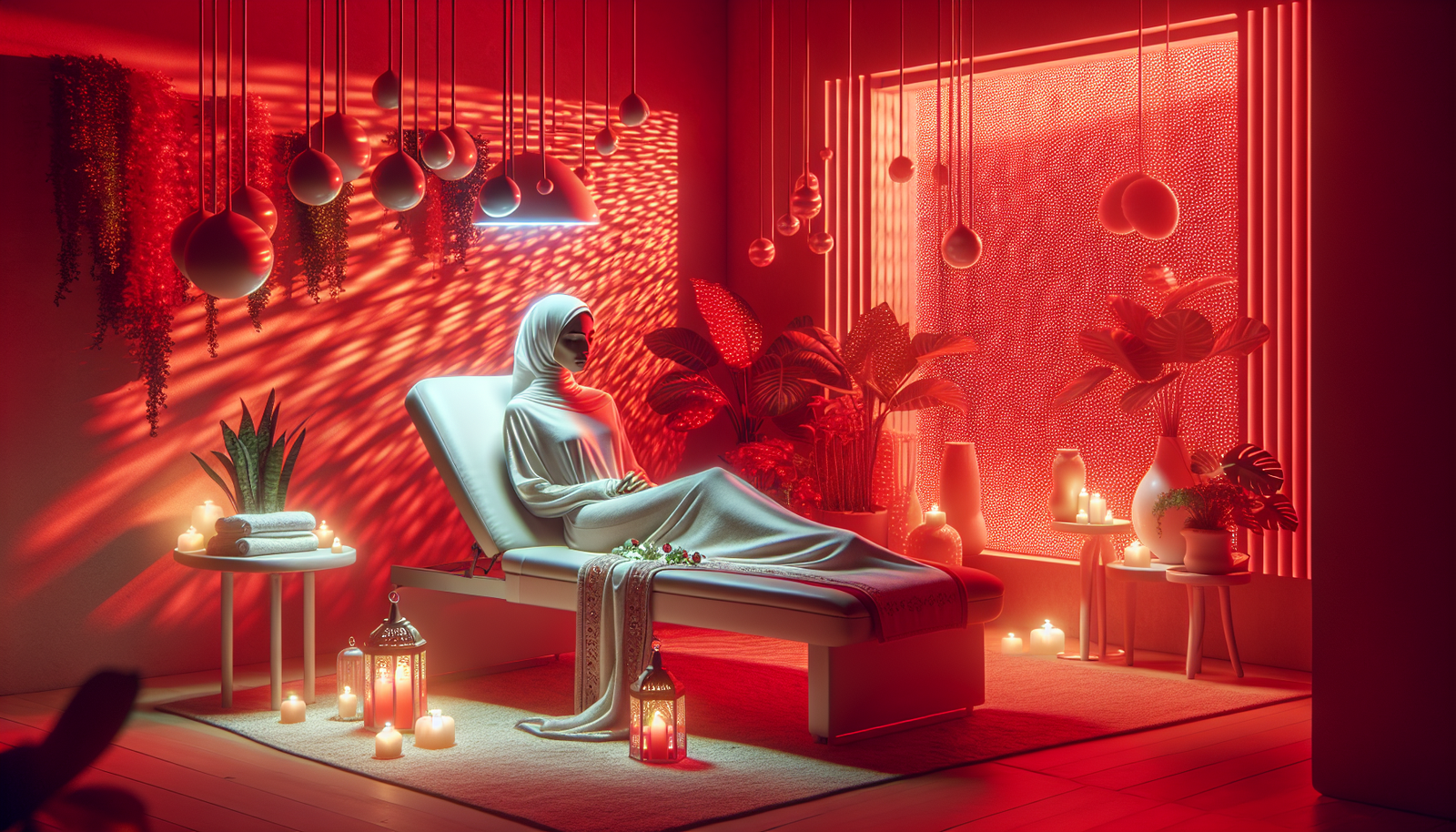Introduction to Alternative Health Treatments
In recent years, alternative health treatments have gained significant popularity as people seek holistic approaches to health and well-being. These treatments often complement conventional medicine, providing individuals with various options to enhance their physical and mental health. Among the growing array of alternative therapies, red light therapy stands out for its numerous benefits and innovative applications.
What is Red Light Therapy?
Red light therapy involves using specific wavelengths of light to promote healing and wellness. It can be delivered through a light therapy panel or a red light therapy lamp, which emits low-level wavelengths that penetrate the skin. This non-invasive treatment has caught the attention of health enthusiasts and researchers, highlighting its potential benefits across a wide spectrum of health conditions.
The Mechanism Behind Red Light Therapy
The effect of red light therapy is rooted in the way our cells respond to light. The mitochondria in our cells absorb the light energy, stimulating cellular functions and promoting the production of adenosine triphosphate (ATP). Increased ATP production enhances cellular metabolism, leading to improved tissue repair, reduced inflammation, and enhanced circulation. This cellular boost can have a ripple effect on overall health, providing a natural way to promote recovery and well-being.

Benefits of Red Light Therapy
There are a myriad of benefits associated with red light therapy, making it a versatile option for various health concerns. Here are some of the most notable advantages:
1. **Pain Reduction**: Red light therapy has been shown to alleviate chronic pain, including conditions like arthritis, muscle soreness, and joint pain. By promoting healing at the cellular level, it can help reduce inflammation and speed up recovery times.
2. **Skin Health**: The use of red light therapy at home has become increasingly popular among those seeking to improve their skin’s appearance. It is known to help reduce wrinkles, improve skin texture, and even promote wound healing. This is particularly beneficial for individuals dealing with acne scars or sun damage.
3. **Enhanced Muscle Recovery**: Athletes often turn to red light therapy to aid in muscle recovery after workouts. The therapy helps reduce delayed onset muscle soreness (DOMS) and speeds up recovery time, allowing individuals to return to their training regimens more quickly.
4. **Improved Mood and Sleep**: Light therapy devices can also have a positive impact on mental health. Exposure to red light can help regulate circadian rhythms, ultimately aiding in better sleep quality and improved mood.
5. **Hair Growth**: Research has indicated that infrared LED red light therapy can stimulate hair follicles, making it a promising treatment for those experiencing hair loss or thinning. Regular use may lead to improved hair density and thickness.
How to Use Red Light Therapy
If you’re considering incorporating red light therapy into your wellness routine, there are several ways to use it effectively. You can either visit a professional clinic that offers the treatment, or you can use a light therapy device at home. Many users prefer to buy red light therapy devices for home use, as they provide convenience and the flexibility to treat issues at their own pace.
1. **Choose the Right Device**: When looking to use red light therapy at home, it’s essential to select an appropriate device. Look for ones that specifically mention red and near-infrared wavelengths, as these tend to be most effective.
2. **Follow Instructions**: Always follow the manufacturer’s guidelines for usage, including recommended distance from the device and treatment duration. Most sessions range from 10 to 20 minutes, several times a week.
3. **Be Consistent**: The key to seeing results is consistency. Establish a routine and stick to it, ensuring you allow ample time for the treatment to work.
4. **Combine with Other Therapies**: Red light therapy can complement other treatments. For example, if you’re also engaging in physical therapy, using a light therapy device can enhance your recovery process.
Considerations for Safe Use
While red light therapy is considered safe and non-invasive, there are a few considerations to keep in mind:
– **Consultation**: It is always advisable to consult with a healthcare professional before beginning any new treatment, especially if you have underlying health conditions or are pregnant.
– **Avoid Overuse**: Like any form of therapy, moderation is key. Over-exposure may lead to adverse effects, so adhere to recommended usage guidelines.
– **Be Patient**: Results may not be immediate. Be patient and give your body time to respond to the treatment.
Conclusion
Red light therapy represents a fascinating area of alternative health treatments, harnessing the healing power of light to promote wellness and recovery. With its various applications ranging from pain relief to enhanced skin health, this innovative therapy offers something for many individuals seeking holistic approaches to health. Whether you choose to visit a professional or invest in a light therapy device at home, the benefits of red light therapy may enhance your overall health and quality of life. As always, remember that the journey to well-being involves finding what works best for you.
*These statements have not been evaluated by the Food and Drug Administration. These products are not intended to diagnose, treat, cure or prevent any disease.
